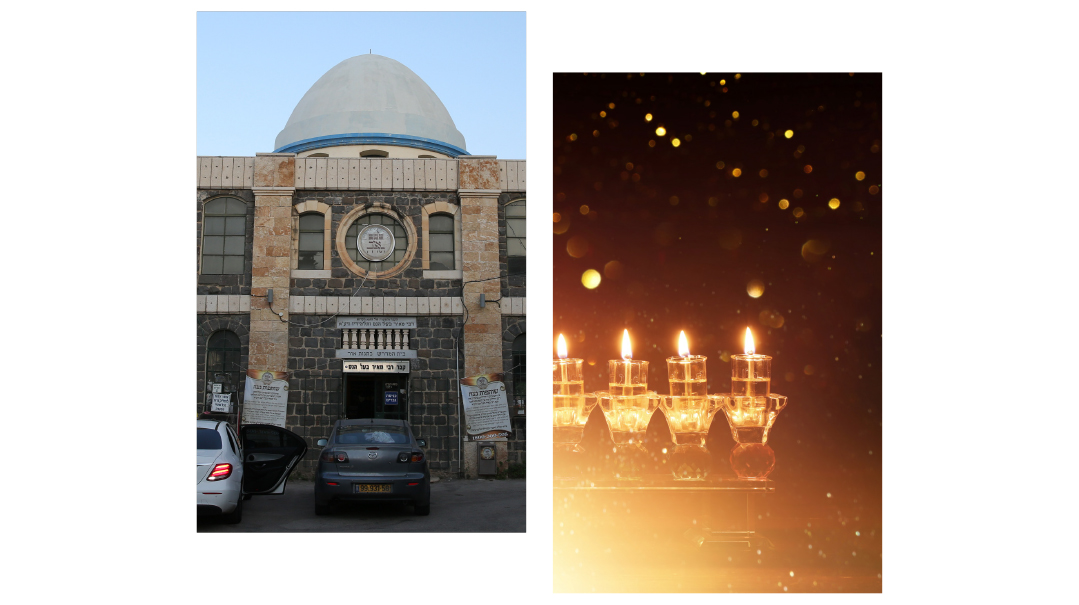Pesach Sheini with Rabi Meir
| May 2, 2023Is there any connection between Rabi Meir and Pesach Sheini?
Rabi Meir Baal Haneis is one of the most oft-quoted Tannaim. Referred to simply as “Rabi Meir,” we learn that he had a special ability to effect miraculous salvations. Many give tzedakah in Rabi Meir’s memory, and his kever in Eretz Yisrael is visited by throngs seeking yeshuos — especially on Pesach Sheini, which is said to be his yahrtzeit. Whether or not that is true, is there any connection between Rabi Meir and Pesach Sheini? In his sefer Elaka d’Meir Aneini, Rabbi Daniel Glatstein shares the following ideas.
- Although we do not have a definitive source documenting the yahrtzeit of Rabi Meir Baal Haneis, it is traditionally observed on Pesach Sheini. Whether or not this is the true yahrtzeit, we know that nothing — particularly in the realm of kedushah — is a coincidence. What could be the connection between Rabi Meir and Pesach Sheini?
- The Gemara in Kiddushin (36a) brings a machlokes between Rabi Yehudah and Rabi Meir. All hold that the Jewish People are called “Hashem’s children” as evidenced by so many pesukim (such as “Banim atem la’Hashem Elokeichem”). The point of contention is: Is this title absolute, or does it depend on our actions? Rabi Yehudah is of the opinion that it depends. Should we fail to behave properly, we can lose the title “children to Hashem.” Rabi Meir argues and says, “bein kach u’bein kach keru’im banim — either way they are called children.” We see from here that it is the opinion of Rabi Meir that a Jew can never truly drift away from his source. No matter how distant he might seem, he is and will always be referred to as Hashem’s child.
Pesach Sheini is all about second chances. It is the idea that failure never precludes return. This reality holds particularly true in the world of Rabi Meir, where we are always Hashem’s children and therefore always welcome back home. This is the lesson of Pesach Sheini and the ideal that Rabi Meir lived with. It is therefore most suitable that Rabi Meir’s yahrtzeit coincides with Pesach Sheini.
- With this idea, perhaps we can explain the commonly observed practice that when someone is missing something, he says “Elaka d’Meir, aneini — G-d of Rabi Meir, answer me.” What does Rabi Meir have to do with your missing car keys? We can suggest that this is rooted in the very same concept. The physical world is a reflection of the spiritual world. It is Rabi Meir who insists that on a spiritual level, there is no such thing as becoming completely lost. We are Hashem’s children and there’s always an attainable route back home. Therefore, in Rabi Meir’s world, lost items can always be found — just as we can always be found.
- Rav Mordechai Uri Engelman, in his sefer Koh L’chai, writes that irrespective of when the yahrtzeit of Rabi Meir Baal Haneis may be, there is good reason that the custom developed to make Pesach Sheini the day to visit Rabi Meir’s kever. This is based on the words of the Zohar in parshas Behar. There, the Zohar tells us that one who toils in the hidden parts of the Torah is called a ben, a “child” to Hashem. But to reach that point, one must be deserving of such an exalted title. Therefore, writes Rav Engelman, a few days prior to visiting the kever of Rabi Shimon bar Yochai on Lag B’omer (which is on the 18th day of Iyar), we visit the kever of Rabi Meir. Rabi Shimon bar Yochai represents the hidden parts of the Torah. At his kever we hope to obtain insight into these lofty worlds. However, we can only accomplish that if we are on the level of being called “children of Hashem.” We therefore precede our visit to Rabi Shimon’s kever with a visit to the kever of Rabi Meir, who said, “Either way we are called children.” Armed with this guarantee, we can head over to Meron, confident that we will merit some level of deeper insight into the hidden parts of the Torah.
Rabbi Daniel Glatstein is the mara d'asra of Kehilas Tiferes Mordechai in Cedarhurst, New York, and author of numerous seforim in Lashon Hakodesh and in English for ArtScroll. He is an international lecturer and maggid shiur. His thousands of recorded shiurim are available on Torahanytime.com, his website rabbidg.com, and other venues.
(Originally featured in Mishpacha, Issue 959.
Oops! We could not locate your form.







